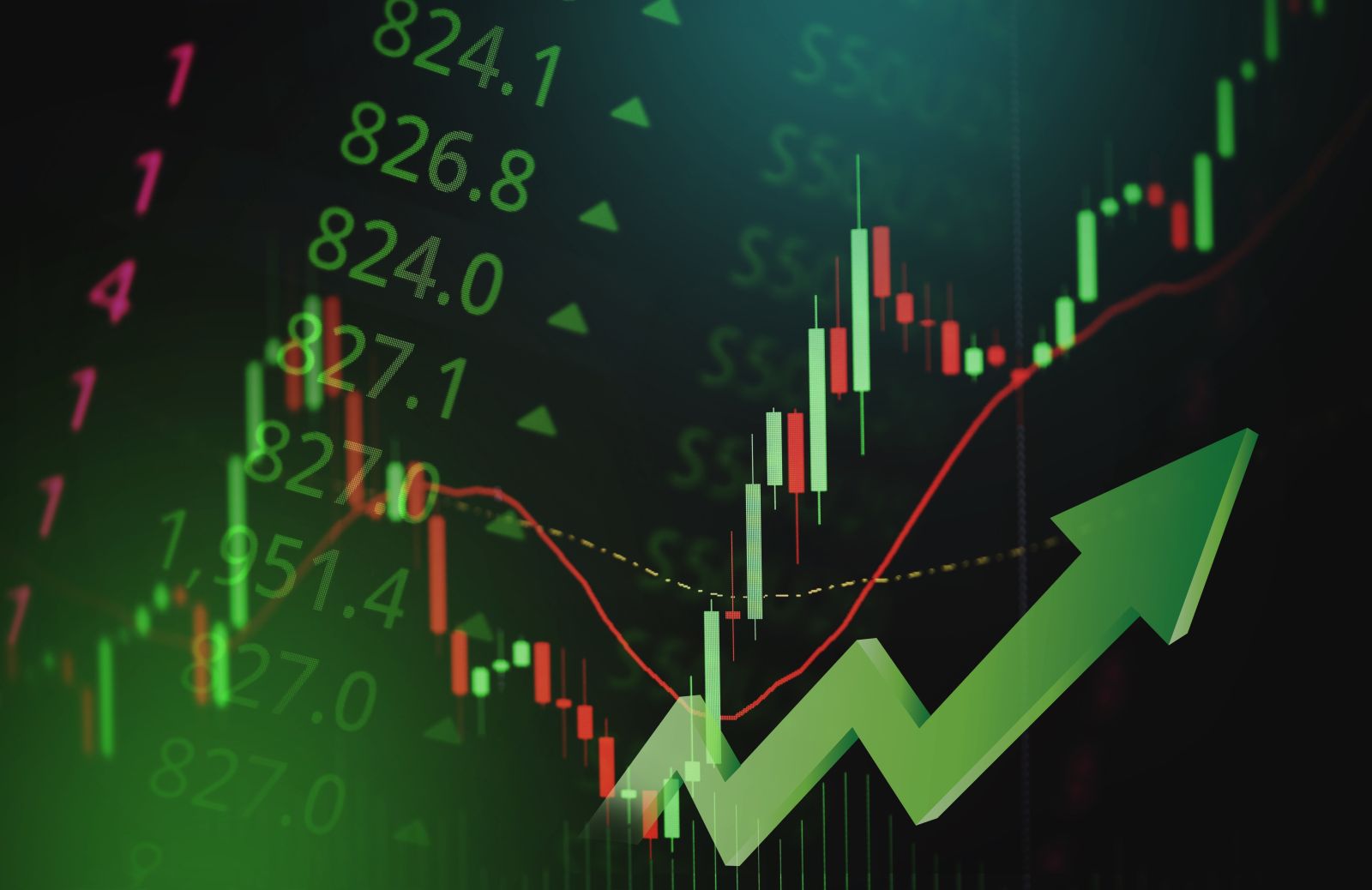
The dollar is the world’s reserve currency. While the US currency is the leader, the euro is also a reserve currency that governments hold to settle cross-border transactions and as savings. The euro is the primary component of the dollar index with a 57.6% exposure. On April 14, in an article on Barchart, I highlighted that the dollar index was heading higher as it moved over the 100 level but that “the bull continues to push the dollar index higher, but the actual value of the US currency is declining. The dollar index tells us about the dollar’s value against the component currencies, but it only reveals a small piece of the US currency’s value proposition and world position.”
The trend is always your best friend in markets, and currency trends can last for years. The dollar index is now approaching its critical technical resistance level at the 2020 high, the highest level since 2002.
At the resistance level
On April 28, the active month June dollar index futures contract rose to 103.950, only 0.010 below the March 2020 high.

In March 2020, as the global pandemic created a flight-to-quality, the dollar index rose to a multi-year high of 103.960.

The long-term monthly chart shows the March 2020 high was the highest level for the Us currency since December 2002. The dollar index has made higher lows and higher highs since it reached a bottom of 71.05 in April 2008, and a move above the March 2020 103.96 peak is a continuation of the fourteen-year bullish trend.
The euro is on a crash course towards parity against the US dollar
If you flip the dollar index chart upside down, it reveals the pattern of the euro currency against the dollar.

The monthly chart of the euro versus the US dollar foreign currency relationship highlights the bearish pattern of lower highs and lower lows in the euro since 2008. The current technical downside target stands at the January 2017 $1.03405 low, but the euro appears to be trending to a test of the critical psychological parity level where one US dollar can buy one euro. The last time the euro and the US dollar traded at parity was in December 2002.
Two factors are likely to push the euro to parity or below over the coming days, weeks, and months.
Interest rate differentials are fueling the dollar index rally
On Wednesday, May 4, the US Federal Reserve will likely increase the short-term Fed Funds Rate by 50 basis points and roll out its balance sheet reduction program, tightening credit further out along to yield curve. The March consumer and producer price indices rose by the highest levels in over four decades, leaving the Fed little choice but to push US interest rates higher.
Interest rate differentials are the primary driving force for exchange rates. As the yield on the dollar increases, the currency becomes more attractive for the US currency as a reserve asset. The euro is the second-leading reserve currency, but euro rates will not likely keep pace with Us interest rate hikes as Europe faces a geopolitical crisis.
War in Europe is bullish for the index
With a war raging in Ukraine, Europe faces the first major military conflict since World War II. Ukraine borders Poland, an EU, and NATO member. The European Union’s support for Ukraine and sanctions on Russia create an economic disaster for the European economy, which depends on Russian oil and natural gas for power. Moreover, the threat of Russian aggression on other European countries is weighing on the euro, the British pound, Swiss franc, and Swedish krona, which comprise 77.3% of the dollar index. The bottom line is that the war between Russia and Ukraine weighs on Europe’s economy and currency.
The cleanest dirty shirt in the laundry basket of currencies
In mid-April, when the dollar index moved over the 100 level for the first time since May 2020, I outlined why the US dollar can continue to rise against the euro and other reserve currencies. However, I qualified the forecast by explaining why a rising dollar is a mirage.
The dollar remains the cleanest dirty shirt in the laundry basket of world currencies. The trend in the US currency remains bullish and is on an express train to parity against the euro. However, all currencies’ purchasing power continues to decline as inflation eats away at the values of foreign exchange instruments that derive value from the full faith and credit of the governments that issue the legal tenders. A bullish trend in the dollar does not mean the US dollar is getting more valuable; it is only losing value a bit slower than the other currencies.






/Tesla%20Inc%20logo%20by-%20baileystock%20via%20iStock(1).jpg)

